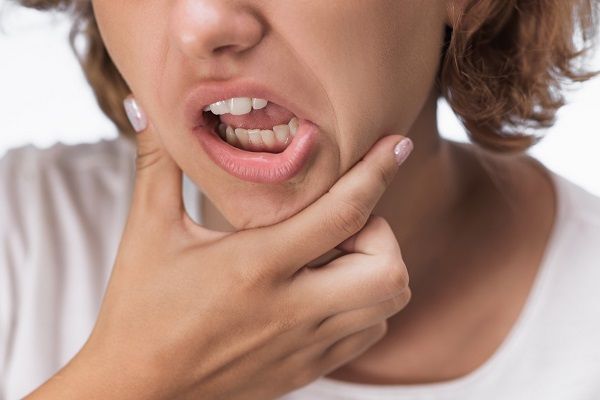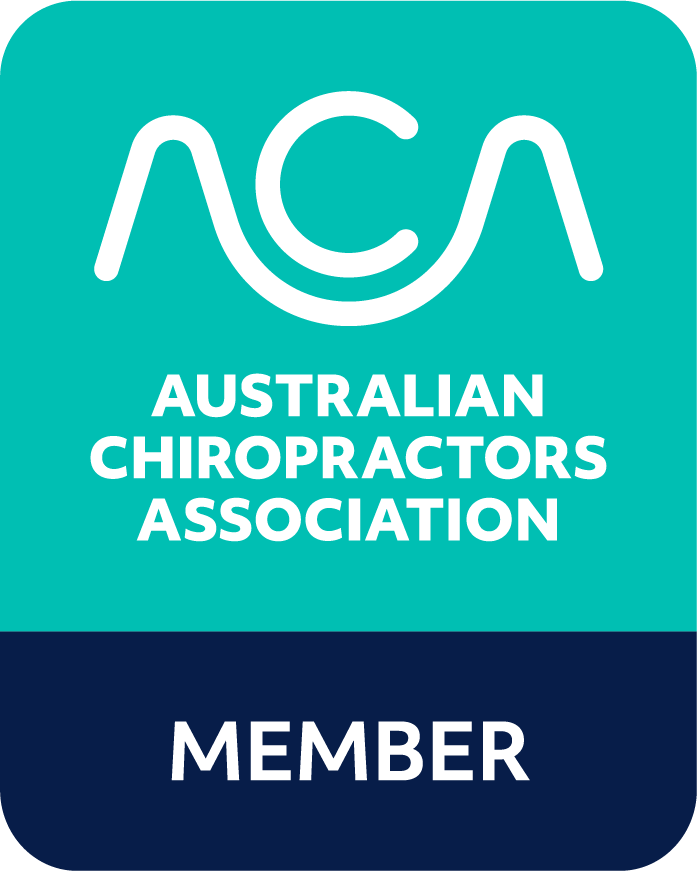The Link Between Bad Posture and Headaches
Our top tips for improving posture and the headaches which often result
If you’ve ever noticed a headache creeping in after a long day hunched over your laptop or phone, you’re not alone.
Research shows there is a link between bad posture and headaches (1) – particularly when it comes to device use. If we slouch or strain our necks forward (commonly referred to as ‘text neck’), we put extra pressure on the muscles and nerves that connect to our heads. Over time, this strain may trigger pain and discomfort, contributing to chronic tension-type headaches.
In fact, one study found long-term headache suffers to have a 22.3% increased head tilt protraction while using a laptop, compared to the control group (2)!
And it’s not just our use of devices that is leading to headaches. We commonly work with people with other poor habits, such as carrying heavy bags on one shoulder, wearing unsupportive footwear, or slouching while driving or sitting.
It stands to reason that by improving your posture, you also reduce the risk of these posture-related headaches (3).
.
So here are our top tips to help you prevent aches and pains in your head, neck and shoulders.
1. The Chin Tuck Stretch
A common cause of poor posture is forward head posture, where your head juts out in front of your body. A great way to combat this is with the chin tuck stretch. Gently pull your chin back as if you're trying to make a double chin (don’t worry, no one’s watching!). Hold for 5 seconds, and repeat 10 times. This stretch helps strengthen the muscles in your neck, realigning your spine.
2. Get Desk-Savvy
Whether you’re working from home or in an office, make sure your workspace is ergonomically friendly. Adjust your chair height so your feet are flat on the floor and your screen is at eye level to avoid hunching over. Small changes, like using a lumbar support cushion or raising your monitor, can have a big impact on your posture.
3. Limit Screen Time and Elevate your Devices
How often are you looking down at your phone or tablet? The more you tilt your head forward, the more strain you’re putting on your neck. Hold your device at eye level whenever possible to avoid text neck. Taking regular breaks from screens and practicing proper device usage will help protect your posture in the long run.
4. Stand Up and Stretch Every Hour
Staying seated for long periods can cause your muscles to tighten and lead to poor posture. Set a timer to remind yourself to stand up, stretch, and walk around for a minute or two every hour. This will help keep your muscles limber and reduce tension in your neck and shoulders.
5. Mind Your Shoulders
We often let our shoulders creep up toward our ears without even noticing. Take a moment throughout the day to roll your shoulders back and down, releasing any built-up tension in your neck and to improve your overall posture.
6. Mental State and Posture
Your posture has the power to shape your mental state, and vice versa. By making a conscious effort to maintain good posture, you can actually influence your thoughts and feelings. Try it: sit up straight, lift your face, and open up your body. You'll be surprised how this simple adjustment can foster positivity and boost your mood!
Cultivate mindfulness around your posture. Are you constantly looking down at your phone or tablet, or are you slouching or hunching over? Gently correct yourself and notice the difference. Improved posture helps to:
- Reduce posture-related headaches
- Enhance your mood
- Increase confidence
- Reduce stress.
Chiropractic for Bad Posture and Headaches
Incorporating these tips into your daily routine should help with preventing posture-related headaches, but if you’re experiencing ongoing pain, or your symptoms are getting worse – it may be time to make an appointment with your local chiropractor.
Utilising natural and non-invasive techniques such as Sacro-Occipital-Technique (SOT), the Gonstead Technique, and Soft Tissue Therapy, our Brisbane chiropractor can tailor a treatment plan to help improve your posture and alleviate headaches and associated pain (4).
By focussing on improving your posture, you'll not only relieve current discomfort but also set yourself up for better long-term health. Contact our experienced Brisbane chiropractic team today to make your appointment.
References:
1.https://academic.oup.com/painmedicine/article/21/10/2465/5942543
2.https://www.sciencedirect.com/science/article/abs/pii/S1360859215002867
3.https://www.tandfonline.com/doi/abs/10.1080/09593985.2022.2037032
4. https://content.iospress.com/articles/journal-of-back-and-musculoskeletal-rehabilitation/bmr191667





